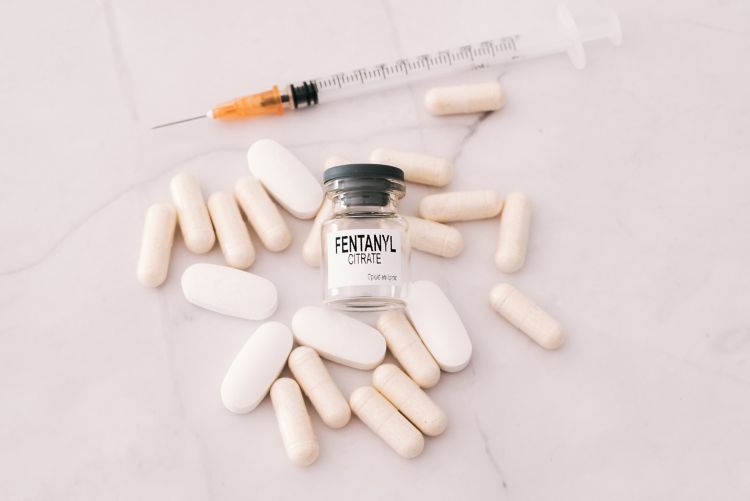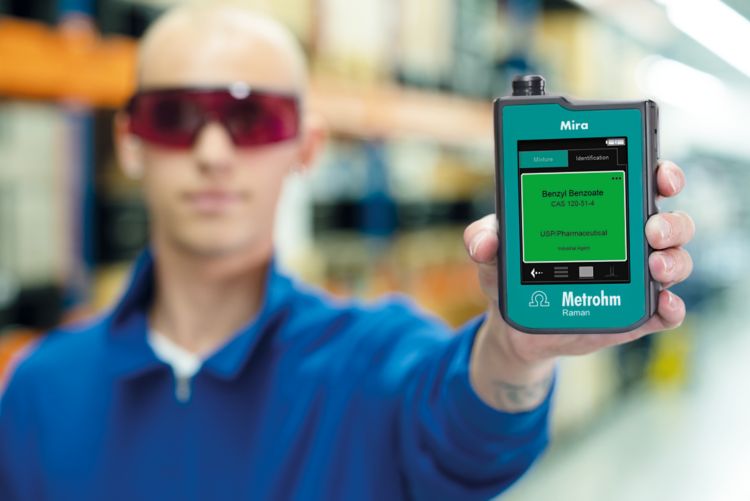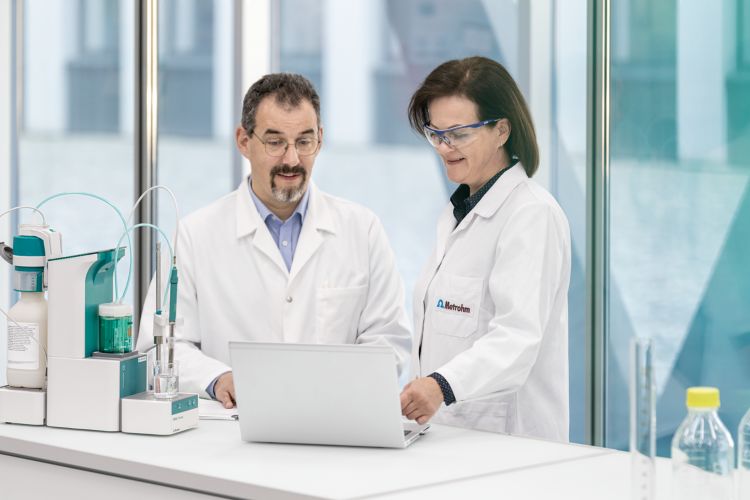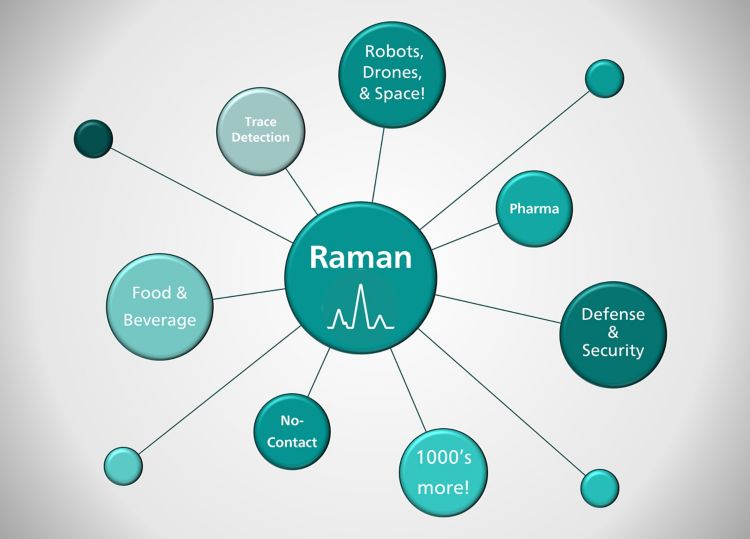QC and product screening of medicinal cannabis with NIR spectroscopy
Sep 5, 2022
Article

Cannabis and near-infrared spectroscopy
Near-infrared spectroscopy (NIRS) is a fast analytical technique with low running costs used to perform quality control (QC) and product screening on various cannabis products, including hemp. It can determine the cannabinoid profile or even the potency of dried cannabis flowers. NIRS can also be used for QC of cannabis oils, waxes, tinctures, and other formulations.
«Cannabis» is the general term covering a group of three plants with varying psychoactive properties: Cannabis sativa, Cannabis indica, and Cannabis ruderalis [1]. The cannabis plant has been used as medicine, food, and for its fiber for thousands of years. The flowers and some leaves from the cannabis plants are coated with tiny crystal-like structures called «trichomes», and it is these structures which are responsible for producing the cannabinoids used in many other products.
When the flowers of these plants are harvested and dried, this results in one of the most common drugs in the world.
What are the most important and well-known cannabis compounds?
Cannabis contains more than 120 compounds known as «cannabinoids» [1]. Each cannabinoid’s effects are not yet completely known, but experts have a decent understanding of three of them: cannabidiol (CBD), cannabigerol (CBG), and tetrahydrocannabinol (THC, or Delta-9-THC). Each of them has its own effects and uses [1]:
- CBD. This is a psychoactive cannabinoid, yet it’s non-intoxicating and non-euphoric, meaning it won’t get you «high». It’s often used to help reduce inflammation and pain. Researchers are still trying to fully understand the effectiveness of CBD’s medical use.
- CBG. This cannabinoid was first isolated in 1964. Research into CBG is still at preclinical stages, but available studies suggest that it holds considerable therapeutic promise. CBG's properties may surpass those of THC without the intoxicating effect. There is also evidence to suggest that CBG may offer anticancer, antidepressant, and antibacterial qualities.
- THC. This is the main psychoactive compound in cannabis. THC is responsible for the «high» that most people associate with cannabis.
Legality of cannabis and hemp
Cannabis is illegal in many countries. However, more and more places are starting to legalize it for medical as well as recreational uses. Hemp, which typically has a low THC content, is still used in many places for its fiber to create products like textiles, rope, and even biodegradable plastics.
The laws regarding cannabis possession and use also vary for each country. Some consider any kind of cannabis possession a serious crime, others permit products containing only CBD, and very few allow people to use products with THC (whether for medical or recreational purposes).
 Share via email
Share via email




















